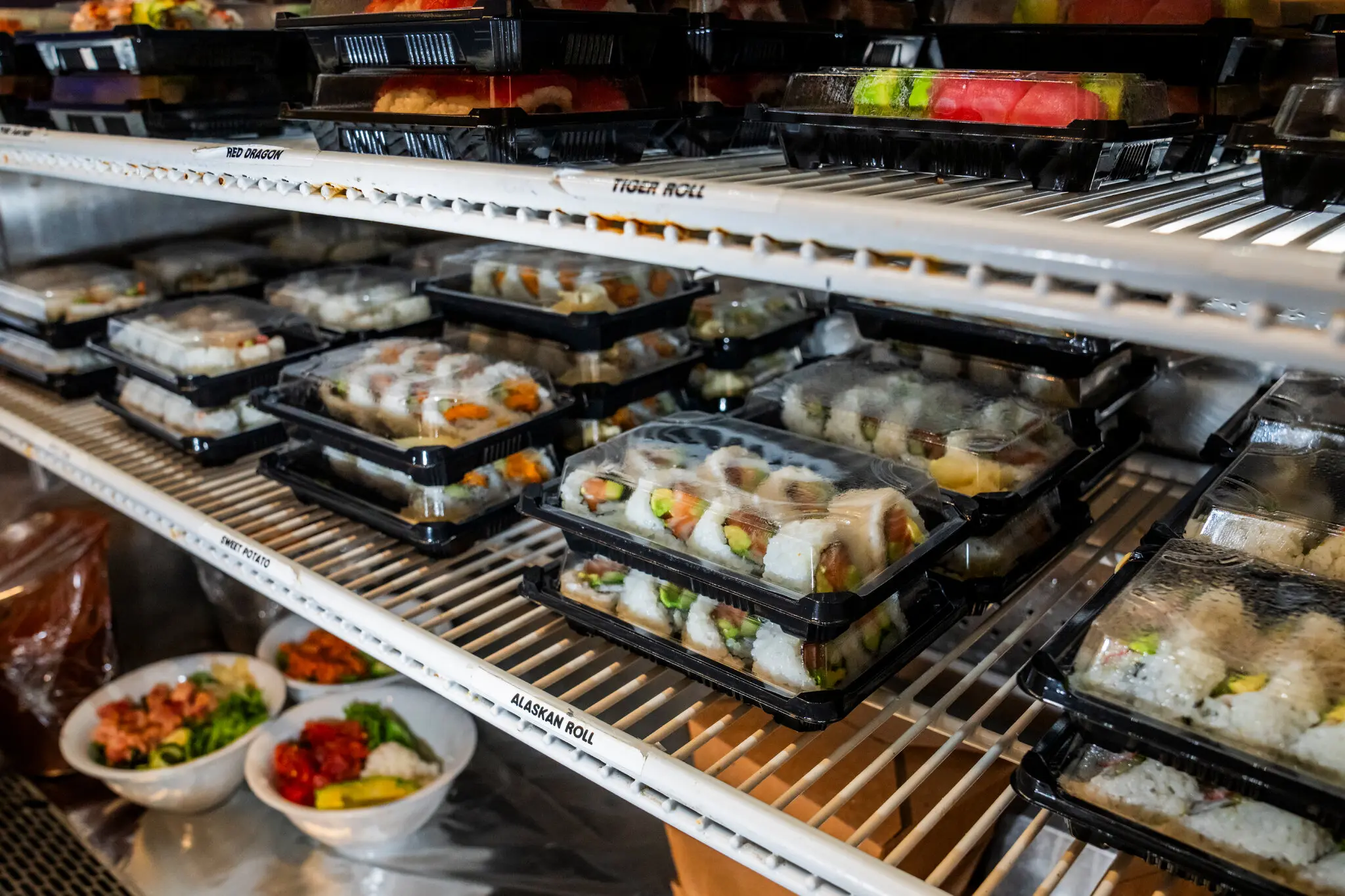The Key Factor Driving Sushi’s Boom in the U.S.
24.09.2025
Sushi’s Transformation: From Luxury Item to Everyday American Food
From Exotic to Mainstream
In the mid-1980s, sushi was considered rare and mysterious in the United States. When Molly Ringwald’s character in The Breakfast Club brought a sushi bento box for lunch in 1985, her classmates reacted with confusion. Fast forward to 2025: at Stevenson High School in suburban Chicago, students now rush to the cafeteria sushi bar as soon as lunch begins.
What was once viewed as an exotic delicacy has become a common, grab-and-go meal.
How Sushi Became Accessible
While sushi was everyday fare in Japan—even sold in gas stations and vending machines—it initially carried an aura of exclusivity in the U.S., associated with elite chefs and flawless ingredients. Over time, however, sushi expanded from coastal restaurants into middle America as cold storage and transport systems for seafood improved.
Experts agree that the pandemic accelerated this shift, driving Americans to seek alternatives to pizza and burritos. Sushi—whether delivered from luxury spots like Nobu or picked up at chains like Target—became a convenient solution.
The Boom in Sales
Supermarkets have been central to sushi’s rise. Kroger, which has sold sushi since 1991, reported a 50% sales increase since 2019, now moving a million rolls daily. For restaurant chains like Blue Ribbon Sushi, to-go orders jumped from just 6% before the pandemic to nearly 30% today. Celebrity chef Masaharu Morimoto saw similar results across his global restaurants, with takeout sales doubling and staying strong even after dining rooms reopened.
“The millennial generation grew up with sushi,” said Richard Barry of the National Fisheries Institute. “It’s no longer exotic—now it’s everywhere.”

Beyond High-End Dining
Although omakase dining continues to flourish, most of sushi’s growth is happening elsewhere: in supermarkets, gas stations, sports arenas, theme parks, and even military commissaries.
Market research shows that retail, or “deli sushi,” has become a $2.8 billion segment in U.S. supermarkets, growing 7% in 2024 alone. High-end restaurants are also investing heavily in to-go sushi packaging.
Reinventing Sushi To-Go
At Sugarfish, a high-end chain in California and New York, co-founder Clement Mok designed a patented sushi takeout box inspired by Apple’s minimalist packaging. The box balances form and function, with compartments for sushi types, color-coded sauce cups, and printed guides under the lid.
At universities like UMass Amherst, sushi has also exploded in popularity. Culinary director Alexander Ong said student sushi consumption has grown 30% annually since 2018—faster than any other food category.
Sushi for the Mass Market
Mass-produced sushi, supplied by companies like Bento, Fuji Foods, Hissho, and AFC, dominates convenience stores and supermarkets. These products often feature cooked shrimp, imitation crab, or eel, while raw fish like salmon and tuna are flash-frozen at ultra-low temperatures to maintain safety and texture.
While refrigeration ensures food safety, it alters the eating experience—rice hardens in the cold, and the delicate contrast of warm rice with cool fish is lost. Still, the risk of food-borne illness is far lower than from poultry or beef, according to the CDC.
Concerns About Safety and Sustainability
Some consumers remain wary of raw fish, while others question the sustainability of both farmed and wild seafood used for sushi. To address this, the National Fisheries Institute recently launched a “Sushi Council” to promote quality and sustainability, including a “sushi-grade” labeling standard.
Analysts call sushi a “unicorn” in the grab-and-go category because it appeals across demographics—urban and suburban, male and female, young and older diners. Its health profile (protein-rich, gluten-free, low in processed ingredients) also adds to its appeal.

Catering and Expansion
Sushi is also booming in catering and large-scale events, from weddings to concerts. Companies like Tao Group, which supplies sushi to venues like Madison Square Garden, see it as a cornerstone of their expansion.
“We can’t put a giant Buddha statue in every U.S. city,” said Tao’s Matt Straus, “but every city can have a sushi bar.”
Americanizing the Tradition
The process of adapting sushi to American tastes began decades ago with the California roll, which hid the seaweed and used cooked crab substitute. Traditionalists like Giulia Sindler of Chicago’s oldest sushi restaurant, Kamehachi, worry that endless creative rolls—stuffed with mango, jalapeño, or cream cheese—risk straying too far from sushi’s origins.
Even so, she admits that sushi is now deeply ingrained in American culture. “Two generations have grown up with sushi,” she said. “It’s no longer an adventure—it’s just food.”







Leave a Comments